

Spending time outdoors while living with alpha-gal syndrome can be challenging, but being well-prepared and vigilant can make all the difference. From avoiding bites to checking for ticks, this article will help you reclaim your love for the outdoors.
The information provided on this site is based on my personal experience living with alpha-gal syndrome. I consistently cite and link to expert sources, but nothing published on this site should be perceived as medical advice.
Alpha-gal sensitivities vary by person. You should understand your dietary restrictions, making any adjustments needed, and directing any questions to your physician.
Ticks suck. Literally. Unfortunately, the damage is done if you’ve been bitten by a lone star tick and contracted alpha-gal syndrome. However, since subsequent tick bites can worsen allergic reactions to mammalian products, understanding how to check for ticks becomes a crucial skill for those of us living with alpha-gal. Here’s how to enjoy the outdoors safely and ensure no ticks prey on you.
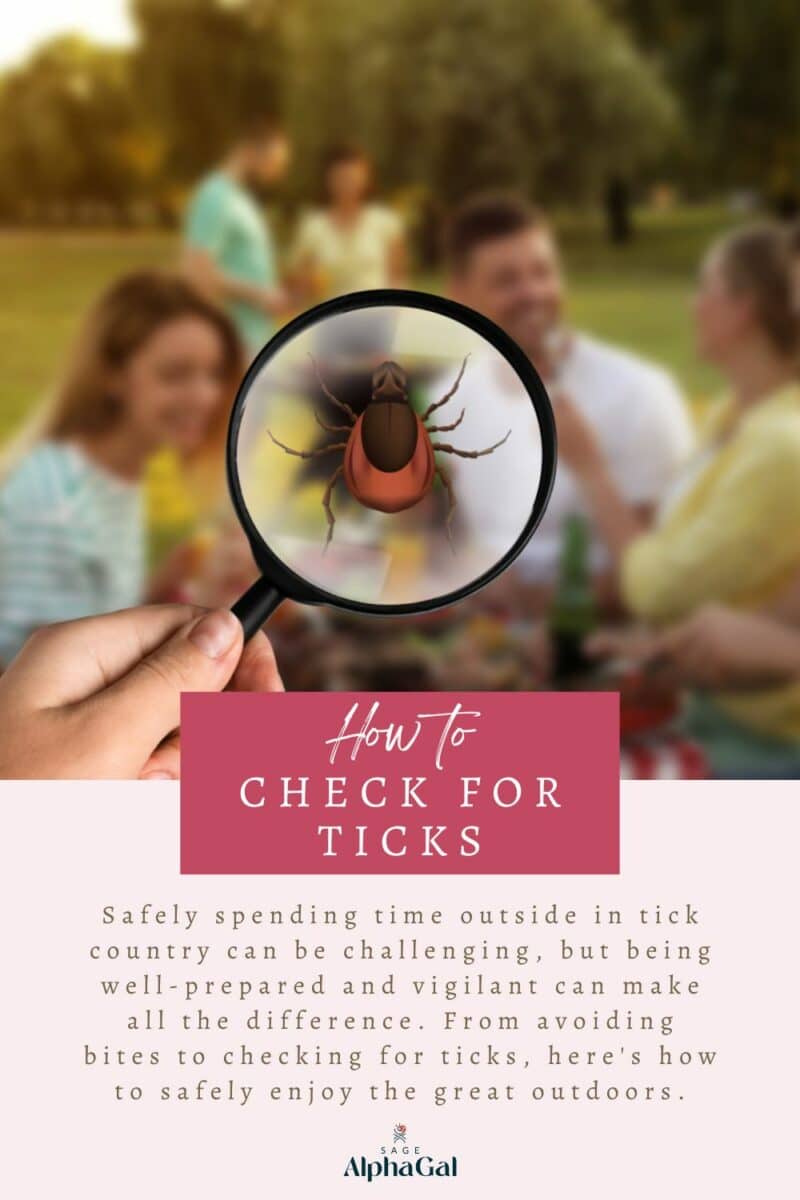
To help offset the costs of running SageAlphaGal.com, you’ll find affiliate links lightly sprinkled throughout the site. If you choose to make a purchase via one of these links, there’s no additional cost to you, but I’ll earn a teeny tiny commission. You can read all of the legal blah blah blah (as my little niece says) on the full disclosure page.
In This Article
Ticks That Can Make You Sick
If you live with alpha-gal syndrome, you know ticks are tiny terrors that can cause big problems. In addition to the lone star tick, the spider-like bug that spreads the red meat allergy, several other species of ticks can make you sick.

Lone Star Tick
In the United States, lone star ticks are the primary spreaders of alpha-gal, making them an alpha gal’s arch-nemesis. However, the CDC hasn’t conclusively ruled out other ticks – and even chiggers – as carriers.

Blacklegged Tick (Deer Tick)
The blacklegged tick is commonly found in the northeast and mid-Atlantic where it is infamous for spreading Lyme disease.
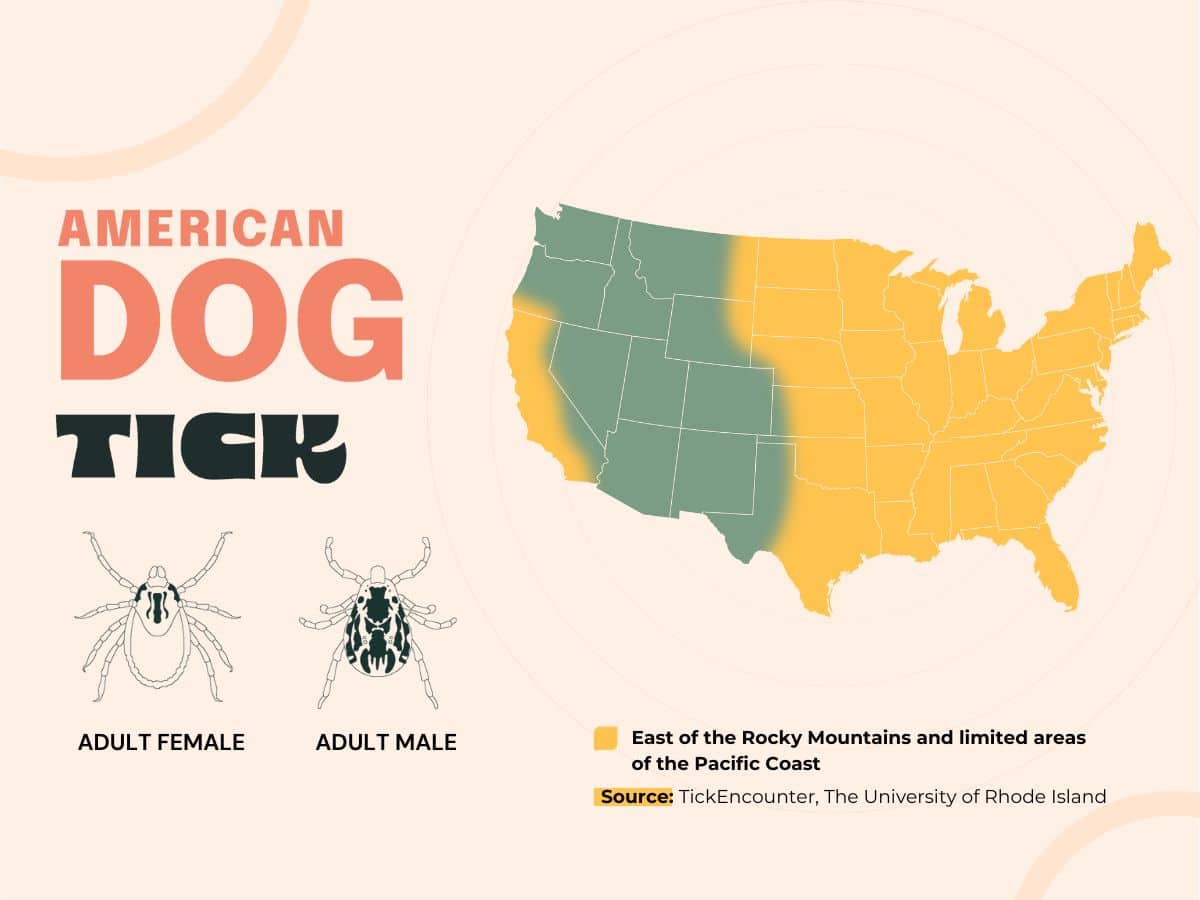
American Dog Tick
This bloodsucker is commonly found in grassy areas from coast to coast. The American dog tick can carry Rocky Mountain spotted fever (RMSF) and tularemia.
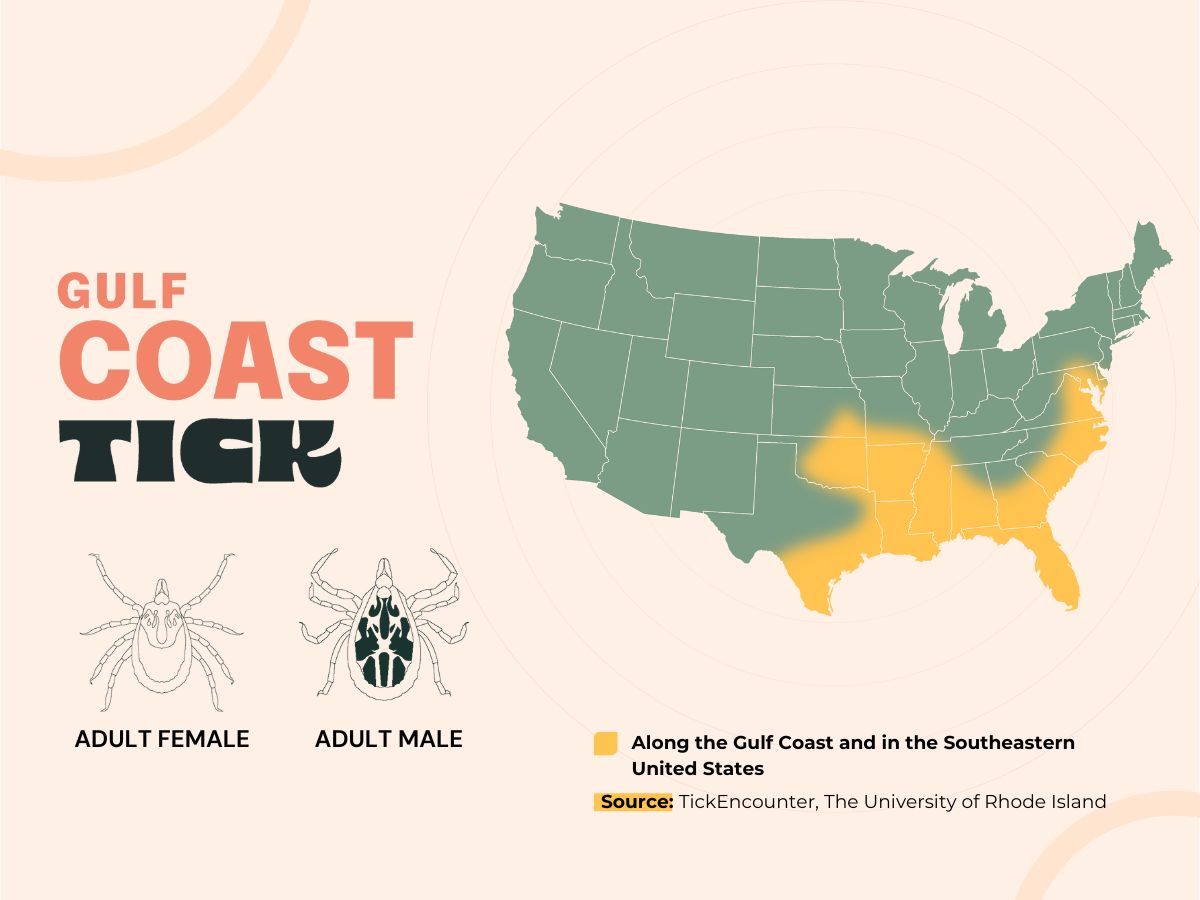
Gulf Coast Tick
While the Gulf Coast tick is common in the Gulf Coast, it’s also found along the Atlantic Coast in a range that stretches from Texas to New Jersey. It can transmit Rickettsia parkeri rickettsiosis (try saying that fast three times), a form of spotted fever.

Rocky Mountain Wood Tick
As its name suggests, the Rocky Mountain wood tick is found in the Rocky Mountain states, Pacific Northwest, and southwestern Canada. It can spread RMSF, Colorado tick fever, and tularemia.
To keep your alpha-gal in check and avoid contracting any extra tick-borne illnesses, it’s absolutely essential to keep these pesky parasites at bay.
How to Avoid Ticks
The great outdoors are, well, great! But not when you’re an alpha gal at risk of getting additional tick bites. In order to manage your condition, and not let ticks ruin your outdoor fun, take precautions to stay away from the nasty little bloodsuckers. These preventive measures will help you avoid tick bites year-round to reduce your risk of infection.
1. Avoid Tick Hangouts
Ticks love to chill out in wooded areas and tall grasses. When you’re outside, try to stick to paved paths or the center of well-traveled hiking trails as much as possible. Dodging tall grasses and brushes can significantly reduce your risk of ticks hitching a ride on your skin.
2. Dress to Impress (Yourself)
While it can be hot in warm weather and you aren’t likely to win any fashion awards, when you wear long sleeves and tuck your pants into your socks or hiking boots, you help ticks pick a different creature to feast upon. Make sure to wear a hat and use a bandana or scarf to protect your head and neck, two favorite landing spots for ticks.
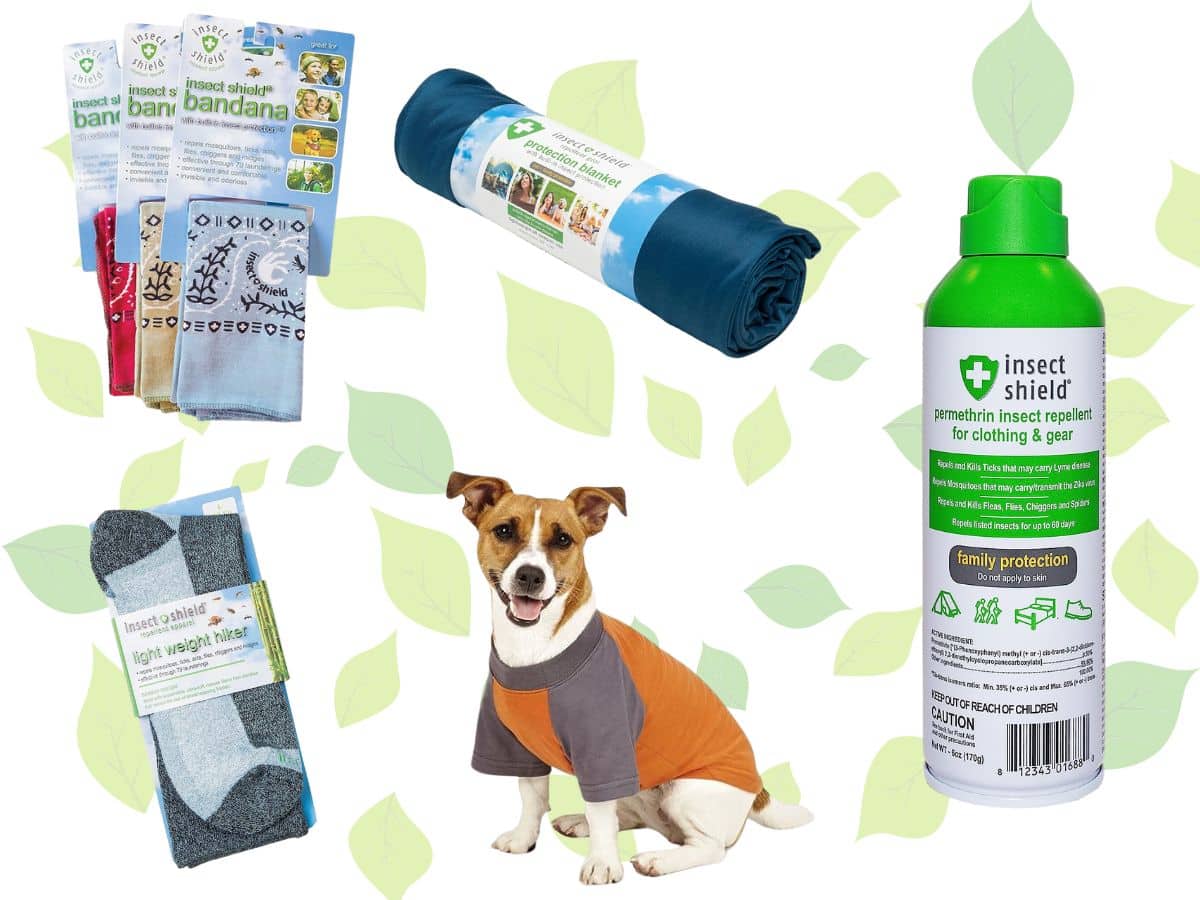
Permethrin-treated clothing can also go a long way in preventing tick bites. Insect Shield makes a line of bug repellent infused clothing that repels a variety of insects that spread dangerous diseases. Whether you pull on a pair of crew socks or don a basic tee, you can enjoy the great outdoors worry-free while the odorless, built-in bug repellent in their tested, proven, and EPA registered products works its magic.

3. Repel Ticks
Using insect repellent and wearing permethrin-treated clothing can be effective against ticks. Be sure to select a tick repellent that contains picaridin or DEET and apply it properly.
4. Keep Your Yard Tidy
If you live in an area with wooded edges, it is important to keep your property clear of tall grass and brush. Be sure to remove leaf litter and keep grass and shrubs near living spaces trimmed. You can also treat the perimeter of your property with pesticides to further decrease the number of ticks on your property.
Related Article: 8 Easy and Effective Ways to Keep Ticks Out of Your Yard
5. Protect Your Pets
You now know to stick to the middle of the hiking trail to avoid ticks, but your furry friend is likely to run into the trees after a squirrel or slink through the tall grass in an attempt to sneak up on a bird. To help keep ticks from catching a ride into your yard or house on your dog or cat, use vet-recommended flea and tick prevention products on your pets.
Unfortunately, no tick avoidance method is 100% foolproof. But by following these proven preventative measures, you can significantly reduce the risk of tick bites and tick-borne illnesses.
As Soon As You Come Indoors
After enjoying the great outdoors, it is crucial to take the time to check for ticks. Even if you have taken preventive measures while outside, ticks can still find their way onto your skin or clothing. It is crucial to check for ticks as soon as possible to reduce the risk of infection from tick-borne diseases.

How to Perform a Tick Check
Before heading indoors, check your clothing for ticks. But even if you don’t see any creepy crawlies scurrying across your clothing, an unattached tick may still be lurking. As a preventative measure, toss your clothes in the dryer on high heat for 15 minutes to kill any ticks. Then, wash your clothes in hot water to remove any remaining ticks, including any zapped during their tour of the dryer.

Next, use a mirror to check your whole body. Pay special attention to these areas:
- Hair and ears
- Underarms and waistline
- Inside your belly button
- Between your legs and toes
- Back of knees
Lastly, you should take a hot shower and perform a more thorough body inspection within two hours of coming indoors. By making a habit of a full body check, you can reduce the risk of tick bites and tick-borne diseases.
Sage Advice: Nymphs are about the size of a poppy seed, and larvae are slightly bigger than a pin head, so look for new “freckles” when conducting a tick check.

And don’t forget to check your pets, gear, and any items you brought outside. Ticks can hitch a ride on these objects and then attach to a human host later. Checking for ticks only takes a few minutes. By thoroughly checking your body and belongings for ticks, you add another layer of protection against tick bites and associated diseases. This small step can make a big difference in keeping you and your family healthy.

How to Safely Remove a Tick
If you find a tick, don’t freak out. Instead, take a deep breath and remove the tick as soon as possible using a pair of fine-tipped tweezers. Gently grasp the tick close to its head, then pull slowly until the tick releases. Avoid twisting or jerking as this can cause the tick’s mouth parts to break off and remain in the skin, increasing the risk of infection or disease. Once the tick is removed, clean the bite area and pair of tweezers with rubbing alcohol or soap and water. Then apply antiseptic cream.
To ensure that the tick doesn’t attach to someone else, place it in rubbing alcohol or a sealed plastic bag. Once the tick has been safely removed and contained, snap a pic and send it to TickSpotters. You’ll be helping researchers gather information on tick encounters from across North America, and in return, you’ll receive a risk assessment based on your tick find.
Over the next few days, monitor the bite location vigilantly for any indications of infection. If you experience flu-like symptoms, a circular rash, a bull’s-eye rash, or joint pain within 30 days of the bite, contact your healthcare provider or seek medical attention as soon as possible. And if you haven’t been diagnosed with alpha-gal but experience hives or gastrointestinal symptoms, request a blood draw for alpha-gal and share these lab codes:
- Quest Diagnostics | Alpha-Gal Panel Test Code: 10555
- Labcorp | Alpha-Gal IgE Panel Test Code: 650003
Alpha gals will also want to watch for any heightened or new sensitivities. You may find that foods you once tolerated – like dairy products, marshmallows, or regular sugar – cause mild to severe reactions after a new tick bite.
Avoiding ticks is important, particularly if you’re an alpha-gal. But with the right precautions to prevent tick bites and by promptly removing any ticks you find, you can significantly reduce the risk of tick-borne illnesses, including alpha-gal syndrome. Stay safe out there!
Thank you for sharing!

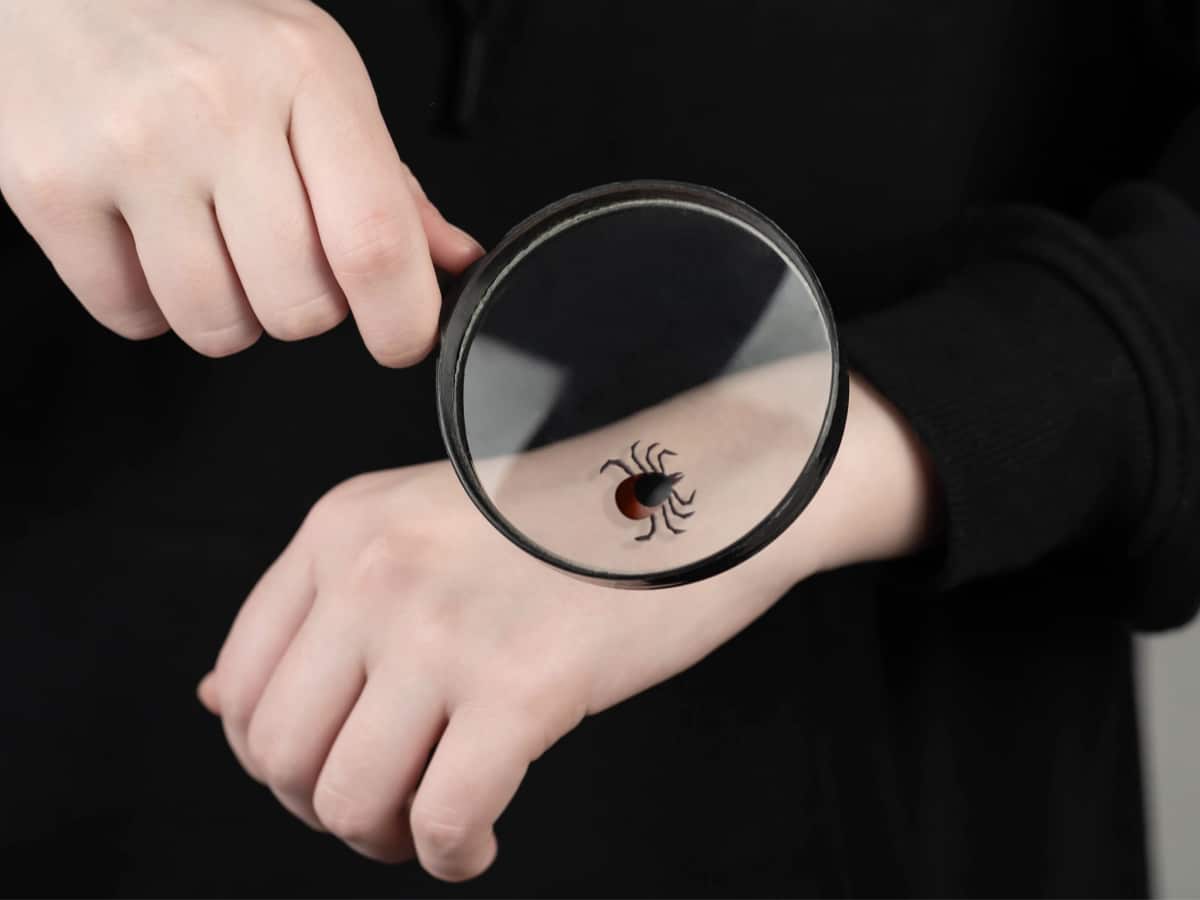
I’ve been looking for ways to protect myself from ticks, especially since I live in an area where they’re common. I didn’t know about using picaridin or DEET as tick repellents. That’s good to know! Thanks for sharing these important safety tips.
Tick repellent is one of the smartest things you can do to protect yourself and your family from tick bites.